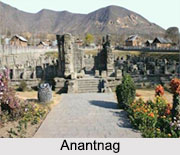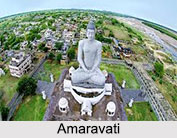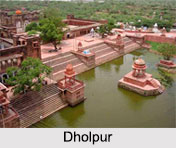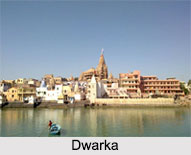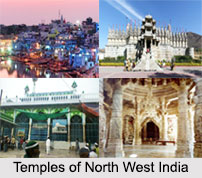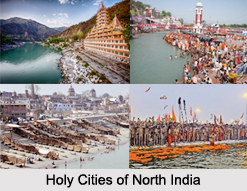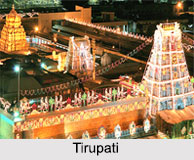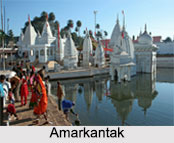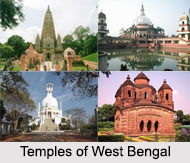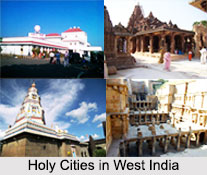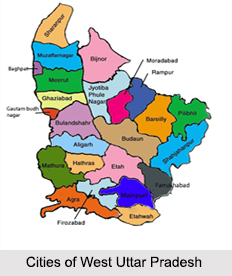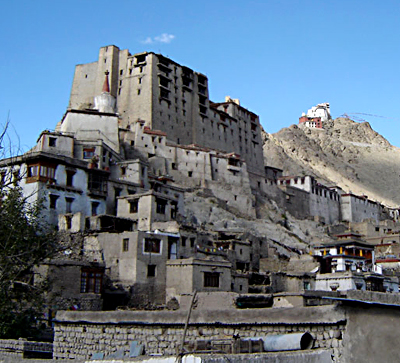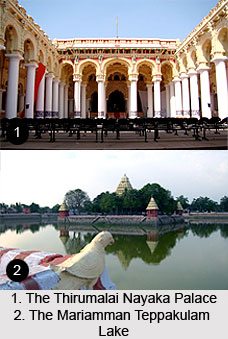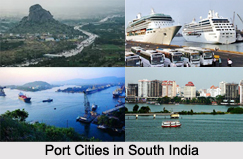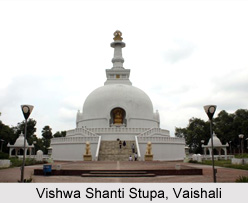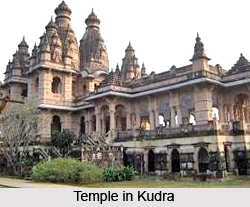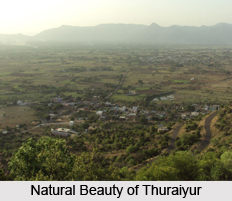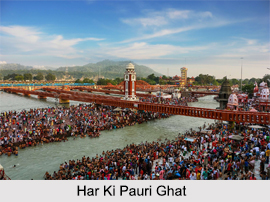 River Ghats in Haridwar are the most popular spots for tourism. The ghats are structured with steps for visitors to take bath. Every year on an average almost 50% people who visit Haridwar, take holy dip in the river ghats. Some of the river ghats in Haridwar have been discussed below.
River Ghats in Haridwar are the most popular spots for tourism. The ghats are structured with steps for visitors to take bath. Every year on an average almost 50% people who visit Haridwar, take holy dip in the river ghats. Some of the river ghats in Haridwar have been discussed below.
Har Ki Pauri
It is the most popular ghat on the banks of the River Ganges. The term `Har` means `Lord Shiva`, `Ki`, means `of`, and `Pauri`, means `steps`. According to the legend Lord Shiva and Lord Vishnu visited the Brahmakund in Har Ki Pauri ghat during the Vedic age. The ghat is also known as Brahmakund Ghat and was built by King Vikramaditya in the 1st century BC in memory of his brother Bhartrihari. Ganga Aarti is performed every morning and evening in this ghat. According to Indian astrologers the waters of river Ganga at Har ki Pauri transforms into nectar during Kumbh Mela. Bathing at this ghat during the Mela purifies the souls.
Gau Ghat
This ghat is located on the southern part of Subhash Ghat. Ashes of Indira Ghandhi, Jawaharlal Nehru, and Mahatma Gandhi were blown at this ghat. People visit the Gau Ghat to grant the forgiveness of killing cows for foods. This event is celebrated by the holy act of donating a cow.
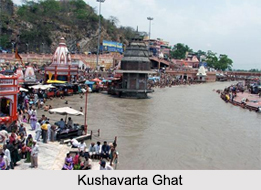 Ashti Parvat Ghat
Ashti Parvat Ghat
This ghat is located at the south portion of Ganga Temple. People visit this ghat for blowing the ashes of the dead persons. First they do the prayer and then they blow the ashes on the river. Hindus believe that Goddess Ganga showers her blessings in the form of Moksha on the departed souls.
Subhash Ghat
Located near Har Ki Pauri ghat, Subhash ghat is named after the freedom fighter Netaji Subhash Chandra Bose. It also houses a statue of him. The Sewa Samiti, a voluntary organization, runs a dispensary near the ghat to help the pilgrims.
Vishnu Ghat
Vishnu Ghat, named after Lord Vishnu, is one of the most visited river ghats in Haridwar. It is believed that Lord Vishnu took bath in this ghat and hence taking a holy dip in this ghat is considered to be a sacred deed.
Kushavarta Ghat
Kushavarta Ghat, located at a distance of 0.5 km from Har Ki Pauri, was constructed by a Maratha queen Ahilyabai Holkar. It is one of the most popular religious destinations for devotees who wish to perform Shraddh for the departed souls. It is said that this ghat is related to Dattatreya, who was a great saint of the ancient period. He had made a visit to this ghat several times and also mediated here. According to the history, it is stated that there Dattatreya offered his penance by standing on one foot for thousand years.
Other River Ghats in Haridwar
Some other river ghats in Haridwar are Ganesh Ghat, Birla Ghat, VIP Ghat, Laltarao Pul Ghat, Pram Nagra Ghat, Singh Dwar Ghat, Pul Jatwara Ghat etc.
